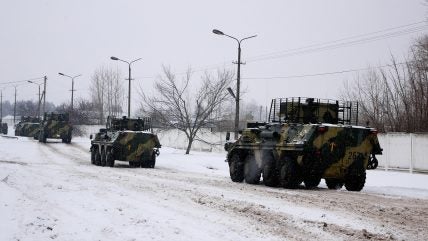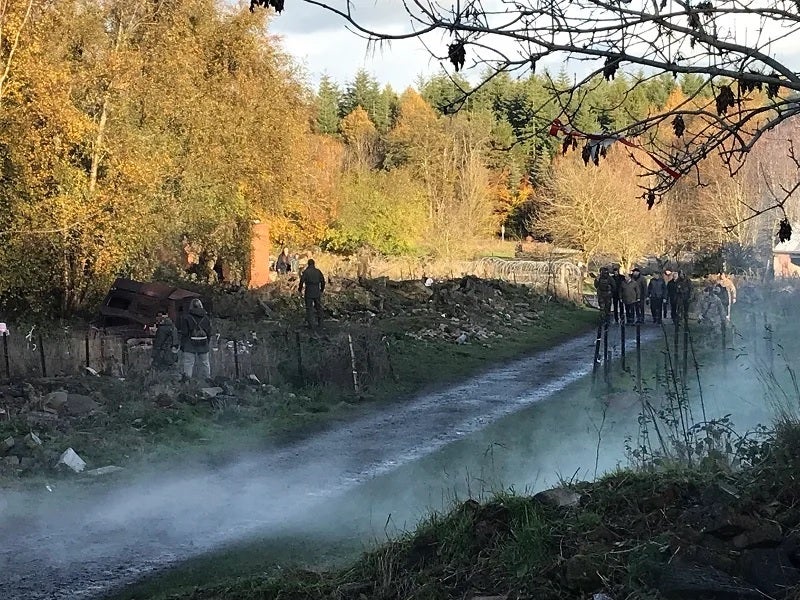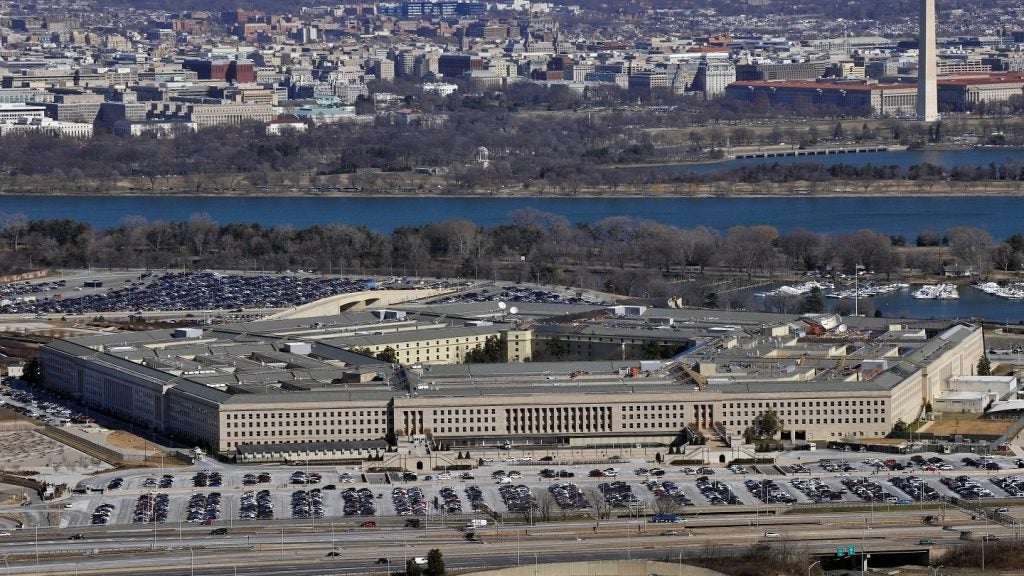
As the ongoing war between Russia and Ukraine nears the two-year anniversary since Moscow opted to initiate a large-scale invasion of its neighbour, front lines have become solidified and point towards more static, attritional combat through 2024 as military casualties pass the 500,000 mark.
Gone are the notional battlegroup-level offensives of late-2023, which saw Ukraine attempt to breakthrough Russian lines in the east of the country after months of buildup, to little effect. Ukraine’s vaunted Western-backed combined arms counter-offensive failed to have the intended impact, with its forces opting to shift to smaller, dismounted, company-level attacks against Russian defences, which used artillery and deep minefields to repel the assaults.
Such tactics negated any prospect of a breakthrough, given the depth of Russia’s defences along the frontline in eastern Ukraine, although Ukrainian marines reportedly still maintain a small bridgehead on the contested Russian bank of the Dnipro River in the southeast of the country.
Current combat around Avdiivka has seen Russia’s continued attempt to take the town, which while holding relatively little strategic significance would yield a sizeable moral and tactical win. Russian forces have reportedly been using subterranean service tunnels in an attempt to bypass fixed defences.
Through 2024, the war will become one of attrition, with daily skirmishing and tactical-level assaults punctuated by artillery and suicide drone barrages when stockpiles allow.

Indeed, the use of loitering munitions by both sides has been a key developing factor in how the war is being fought, with Russia using Iranian supplied Shahed-series drones to attack critical infrastructure in Ukraine, which for its part has achieved notable successes with its own suicide drone developed in-country.
Much of Russia’s recent armour losses are thought to have been caused by Ukrainian drone attacks.
Russian military personnel casualties are thought to amount to 350,000 killed or wounded in action since February 2022, losses which have seen a series of partial mobilisation efforts by the regime of President Vladimir Putin, drawing in minimally or untrained civilians into front line combat.
Ukraine too has sustained significant losses, potentially around 200,000 killed or wounded, if projecting figures of killed and injured (estimated at over 100,000) from the first 12 months of combat through 2023.
All told, it is likely that more than 500,000 military personnel from both sides have been killed and wounded in fighting, with the prospect of continuing losses in the east of Ukraine through 2024.
Russia appears able to sustain the fight, but can Ukraine?
With the shift to attritional warfare, and away from mobility, the ability for either side to sustain losses will the key deciding factor as to which comes out on top at the end the year. The picture does not look bright for Ukraine, which is dependent on Western support to maintain its fight.
Russia meanwhile has turned its national economy to something approaching a total-war footing, with up to 40% of the country’s GDP now focused on defence and security. In January, the UK Ministry of Defence (MoD) revealed that Moscow’s ramping up of its industrial capacity means that it can maintain its current level of offensive activity “for the foreseeable future”.
Russia’s armoured vehicle losses since its own counter to Ukraine’s autumn offensive has resulted in losses of around 365 main battle tanks and 700 armoured combat vehicles since October 2023.
“However, Russia can probably generate at least 100 MBTs per month and therefore retains the ability to replace battlefield losses and continue this level of offensive activity for the foreseeable future,” the UK MoD’s Defence Intelligence stated.
According to GlobalData analysis, Russia’s defence budget was originally estimated to value $43.1bn in 2022 and anticipated to be trimmed down to $41.2bn in 2023. Forecasts showed a relatively flat trajectory to reach $44.1bn in 2027.
However, tensions resulting from Russia’s annexation of Crimea and low-level, grey operation warfare in eastern Ukraine – which eventually culminated in the February 2022 invasion – saw the previous plans to manage defence spending scrapped, with aspirations to boost spending by more than $6bn in 2021.
Analysis indicated that the 2022 budget was also increased, from a forecast $43.5bn to $47.3bn.
However, since the invasion, and the inability to rapidly enforce regime change in Kyiv, defence spending is thought to have rocketed, with Putin’s legitimacy now closely aligned with the outcome of the war in Ukraine.

Western officials suggest the attritional state of 2024 in Ukraine will enable the economic advantage of Nato, EU, and G7 states to make a significant impact, with a combined GDP of some $50trn, compared to Russia’s $2trn.
However, the role that China, Iran, and North Korea has in supporting Russia with artillery ammunition and drones, should not be underestimated, enabling a far faster level of front line support than is the case in Western support of Ukraine.
The upcoming US presidential elections in November 2024 will have a significant impact on the outcome of the war, if not effectively decide it, with the potential that a return to power for former Presdent Donald Trump could signal the end of US support to Ukraine.
As it stands, the US administration under President Joe Biden is unable to pass a new funding bill required to continue military aid to Ukraine, which ran out last year.
While the generally accepted tempo for the next year will see little change in front line position, by the end of 2024 the picture as to which side is likely going to be able to dictate the terms of any peace deal will become that much clearer. It is by no means a given that this side will be Ukraine.



